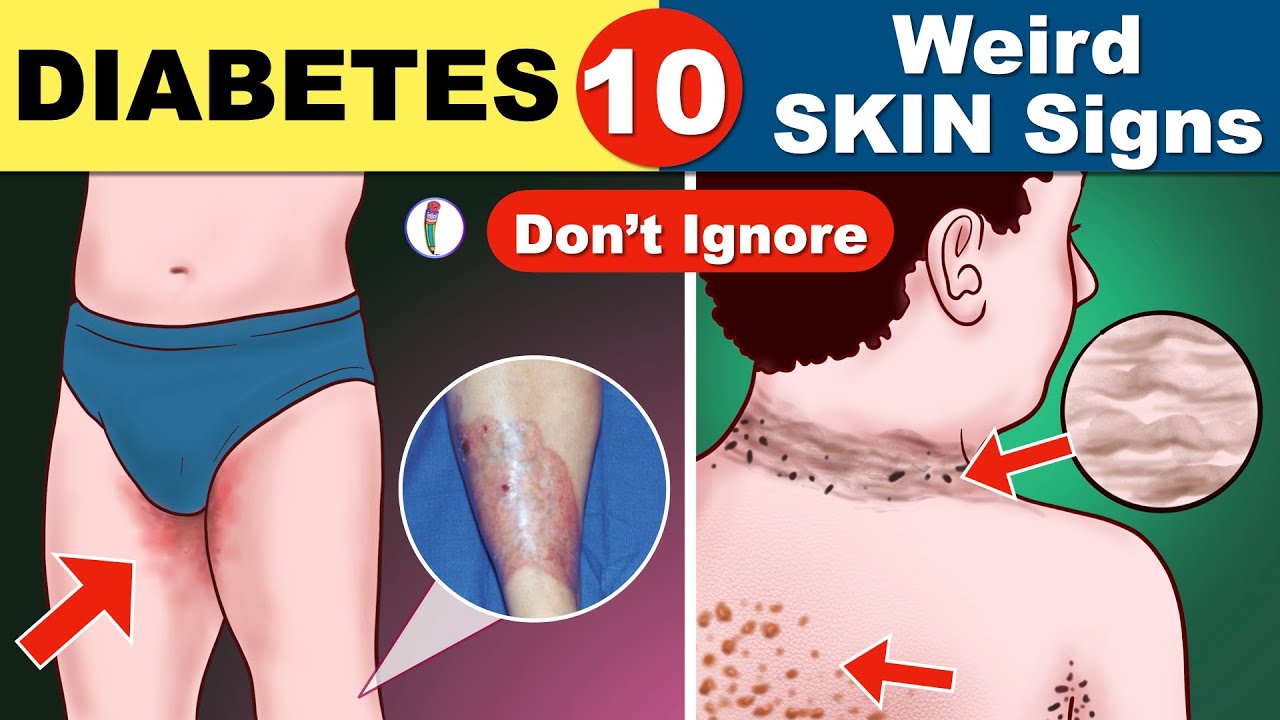Diabetic itching is a perplexing and often underestimated sensation that affects those living with diabetes. Imagine a persistent, maddening itch that seems to come from within, causing an irresistible urge to scratch uncontrollably. This unrelenting itchiness can become a constant companion, significantly impacting daily life and sleep quality. It’s not just an average itch; it’s a sensation that infiltrates the skin’s deepest layers, making it difficult to find relief. The intensity of this itching can vary from person to person, with some experiencing mild discomfort while others endure excruciating bouts. The unpredictability of diabetic itching adds to the frustration, as it can occur at any time and without warning. It’s like an invisible tormentor, gnawing at the nerves and leaving individuals desperate for respite. The constant scratching can lead to broken skin, increasing the risk of infections and complications. This persistent itching is a reminder of the intricate relationship between diabetes and the body’s nervous system. Understanding and effectively managing this unrelenting itch is crucial for individuals with diabetes to regain control over their lives and find relief from this unyielding discomfort.

Understanding Diabetic Itching
| Symptom | Description |
|---|---|
| Pruritus | Diabetic itching, medically known as pruritus, refers to the persistent sensation of itchiness experienced by individuals with diabetes mellitus. It is often associated with high blood sugar levels and the resulting nerve damage, also known as diabetic neuropathy. Pruritus can affect various parts of the body, including the skin, scalp, and even mucous membranes. |
| Burning Sensation | Diabetic itching is often accompanied by a burning sensation on the affected areas. This sensation can range from mild to severe and may be exacerbated by scratching, leading to further skin irritation and potential infection. The burning feeling can be distressing and significantly impact the quality of life for those living with diabetes. |
| Dry and Flaky Skin | One of the visible signs of diabetic itching is dry and flaky skin. High blood sugar levels can cause reduced moisture levels in the skin, leading to dryness and increased susceptibility to irritation. As a result, the skin may become rough, scaly, and prone to cracking, which further intensifies the itching sensation. Proper hydration and moisturization are crucial in managing this aspect of diabetic itching. |
| Nocturnal Intensification | Diabetic itching tends to worsen during the night, disrupting sleep patterns and causing considerable discomfort. This nocturnal intensification may be attributed to several factors, such as increased blood flow to the skin during sleep, changes in body temperature regulation, or the absence of distractions that divert attention from the itchiness during the day. The resulting sleep deprivation can further impact an individual’s overall well-being. |
| Localized or Generalized Itch | Diabetic itching can manifest as either localized or generalized itch. Localized itch refers to the sensation being confined to specific areas, such as the lower legs, feet, or hands. On the other hand, generalized itch involves itchiness affecting larger regions of the body. The distribution of the itch can vary among individuals and may change over time. Understanding the nature of the itch helps in devising appropriate treatment strategies. |
Note: It is essential to consult a healthcare professional for accurate diagnosis and guidance regarding management strategies for diabetic itching.
Unveiling the Hidden Clues: Decoding Diabetes Skin Symptoms
Understanding Diabetic Itching: What Does It Feel Like?
Diabetic itching, or pruritus, is a common symptom experienced by individuals with diabetes. It can be a bothersome and uncomfortable sensation that affects various parts of the body.
1. The Nature of Diabetic Itching
Diabetic itching is characterized by persistent itching sensations that can occur on the skin’s surface or even deep within tissues. It may manifest as a mild tickle, an irritating sensation, or an intense and uncontrollable urge to scratch.
Unlike normal itching, which tends to subside after scratching, diabetic itching often persists despite scratching. The itchiness can also vary in intensity, sometimes becoming more pronounced at night or after exposure to certain triggers.
2. The Causes of Diabetic Itching
Diabetic itching can be attributed to several factors related to diabetes. One of the main causes is neuropathy, which is nerve damage resulting from high blood sugar levels. Nerve fibers responsible for transmitting signals of touch, temperature, and itching can be affected, leading to abnormal sensations.
Dry skin is another common cause of itching in people with diabetes. High blood sugar levels can cause dehydration, resulting in dry and itchy skin. Additionally, poor circulation associated with diabetes can hinder the delivery of moisture and nutrients to the skin, further exacerbating dryness and itchiness.
Infections are also known to cause itching in individuals with diabetes. Fungal infections, such as candidiasis, can thrive in the warm and moist environment often found in skin folds, leading to intense itching. Bacterial infections, such as staphylococcus, can also cause itching and discomfort.
3. Common Areas Affected
Diabetic itching can affect various parts of the body, but some areas are more commonly affected than others. The lower legs are particularly prone to itching due to poor circulation and the accumulation of dry skin. Itchiness in this area can be intense and persistent, often leading to scratch-induced skin injuries.
The feet are also commonly affected, especially in individuals with diabetic neuropathy. Nerve damage can alter the perception of itching, resulting in a tingling or burning sensation that is difficult to relieve. Itchiness in the feet can be accompanied by other foot-related complications, such as ulcers or infections.
The genital area may also experience itching in individuals with diabetes. High blood glucose levels can create an environment that promotes the growth of yeast, leading to genital infections and itching.
4. Managing Diabetic Itching
Managing diabetic itching requires addressing the underlying causes and adopting proper skincare practices. Controlling blood sugar levels is essential for reducing neuropathy and minimizing itchiness. Regular monitoring, maintaining a healthy diet, and adhering to prescribed medications can help keep blood sugar levels in check.
Keeping the skin well-moisturized is crucial to alleviate dryness, which contributes to itching. Using gentle moisturizers that are fragrance-free and hypoallergenic can help replenish the skin’s moisture barrier and prevent excessive dryness.
Practicing good hygiene and maintaining clean skin can help prevent infections that often lead to itching. Regularly washing and drying the affected areas, particularly skin folds, can help reduce the risk of fungal or bacterial overgrowth.
5. Seeking Medical Advice
If diabetic itching persists or becomes increasingly bothersome, it is important to seek medical advice. A healthcare professional can evaluate the underlying causes and recommend appropriate treatments. They may prescribe topical creams or ointments to alleviate itching, or in cases of severe neuropathy, prescribe medications to manage nerve-related symptoms.
In conclusion, diabetic itching is a common symptom experienced by individuals with diabetes. It can manifest as persistent itching sensations that vary in intensity and can affect various parts of the body. Understanding the causes and implementing proper management strategies can help alleviate this uncomfortable symptom and improve overall quality of life for individuals with diabetes.
What Does Diabetic Itching Feel Like?
- Intense and persistent itching
- Tingling or prickling sensation
- Redness or rash on the affected area
- Dry and flaky skin
- Burning or stinging feeling
- Irritation or discomfort
- Increased sensitivity to touch
- Difficulty sleeping due to itching
- Constant urge to scratch
- Worsening of itching with stress or increased blood sugar levels

